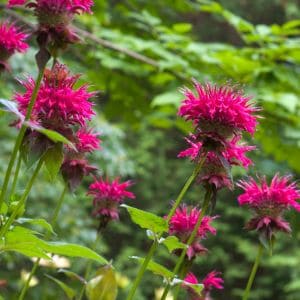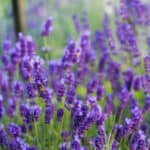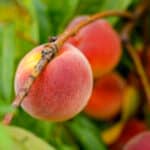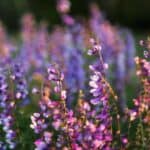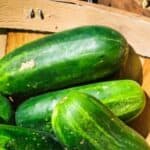Deadheading bee balm is a simple way to keep your plant healthy and blooming longer. You should cut off the faded flowers just above the first set of leaves or where you see new buds starting. This helps the plant focus its energy on growing new flowers instead of making seeds.
This post may contain affiliate links.
You don’t need fancy tools; clean, sharp pruning shears or scissors work best. Deadheading regularly during the blooming season can give you a fuller, more vibrant display of flowers. By removing the old blooms, you encourage your bee balm to produce fresh blossoms that will attract pollinators to your garden.
Related Article: How to Harvest and Dry Bee Balm for Perfect Tea and Herbal Remedies
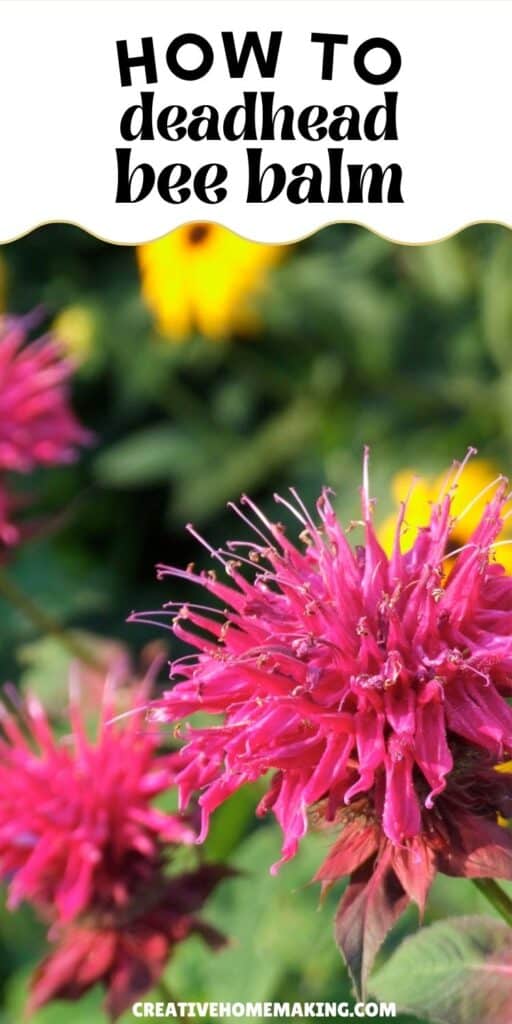
How To Deadhead Bee Balm
Deadheading bee balm involves removing old, faded flowers to help new blooms grow and keep the plant healthy. You’ll need the right timing, tools, and steps to do it correctly. Following some care tips after deadheading also helps your bee balm stay strong and beautiful.
Related Article: Bee Balm 101: The Pollinator Plant Every Garden Needs
When To Deadhead Bee Balm
You should start deadheading bee balm as soon as you see the first flowers begin to fade. This usually happens in early summer. Keep checking every few days during the blooming season, which lasts from July through late summer.
Deadhead regularly to stop the plant from making seeds. This encourages it to produce more flowers instead. If you wait too long, the plant will focus energy on seed production and bloom less. Deadheading often helps you enjoy a longer, fuller flower display.
Related Article: How to Make Bee Balm Tea for a Refreshing and Soothing Drink
Tools Needed For Deadheading
For deadheading bee balm, all you really need is a pair of clean, sharp garden scissors or pruning shears. Clean tools reduce the risk of spreading diseases between plants.
Using sharp tools makes clean cuts that heal faster and reduce damage. You might also want gloves to protect your hands from any rough stems or leaves. Have a small bucket or bag ready to collect the spent flowers for easy cleanup.
Related Article: The Best Time to Cut Back Bee Balm (and Why It Matters)
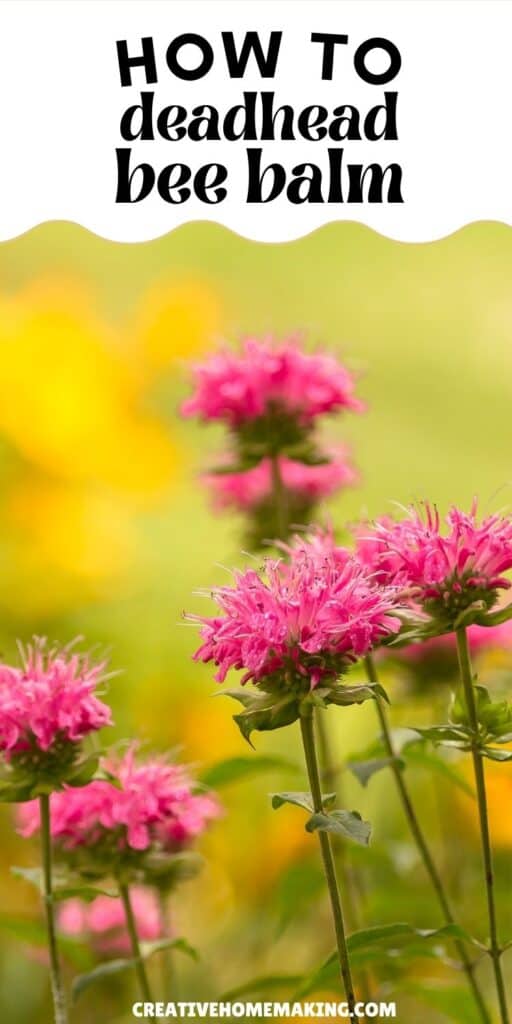
Step-By-Step Deadheading Process
First, look for wilted or dried flowers on your bee balm plant. Cut each spent flower just above the nearest set of healthy leaves or a new flower bud. This encourages the plant to focus energy on new growth.
Make each cut clean and at an angle to prevent water from sitting on the cut area. Continue this process across the whole plant, removing all old blooms. Repeat deadheading every few days while the plant is blooming to keep the flowers coming.
Make sure to remove any flower parts that fall to the ground so you avoid inviting pests or disease.
Related Article: Top 5 Mistakes to Avoid While Growing Bee Balm for a Vibrant, Healthy Garden
Tips For Healthy Bee Balm Growth
Water your bee balm regularly but avoid overwatering. Good soil drainage helps keep the plant healthy after deadheading.
Add mulch around the base to keep the soil moist and reduce weeds. Fertilize lightly with a balanced fertilizer every 4 to 6 weeks during growing season to feed new growth.
Prune spent flower stems down to healthy leaves and remove any dead or damaged foliage to improve air circulation. This reduces the risk of powdery mildew and keeps your bee balm looking fresh.
Related Article: The Best Companion Plants for Bee Balm
Common Mistakes And Additional Care
When caring for your bee balm, you want to avoid cutting too much, handle spent flowers properly, and follow the right timing during the year. These actions help keep your plant healthy and blooming well.
Avoiding Over-Pruning
Be careful not to cut back too much of your bee balm at once. Removing too many stems or leaves can stress the plant. This can slow down new growth or make the plant vulnerable to disease.
Stick to just trimming the faded flowers and a small bit of the stem. Use clean, sharp scissors or pruning shears to make clean cuts. Always leave enough healthy leaves on the plant to feed it.
If you over-prune, the plant might take longer to recover or stop blooming for a while. So, only remove what’s needed to keep the flower heads tidy and encourage new blooms.
Dealing With Spent Flowers
Spent flowers are the blooms that have wilted or lost their petals. You should remove these quickly to help your bee balm focus energy on producing new flowers instead of seeds.
Look for blooms that are fading or starting to dry out. Cut just above a healthy set of leaves or a leaf node. This encourages fresh growth.
Removing spent flowers also helps improve air flow through the plant. This reduces the chance of powdery mildew, a common fungal problem. Check your plant regularly to catch the dead blooms early.
Seasonal Considerations
Deadheading is most helpful during the main blooming season, usually early to mid-summer. Removing faded flowers during this time will give you more blooms for longer.
In late summer or early fall, you can stop deadheading so the plant can produce seeds naturally. This is important for the plant’s life cycle and for birds or pollinators.
In spring, before new growth starts, you can prune old stems from last year to make room for fresh shoots. This helps your bee balm stay healthy and strong all season.
Follow my bee balm board on Pinterest.
